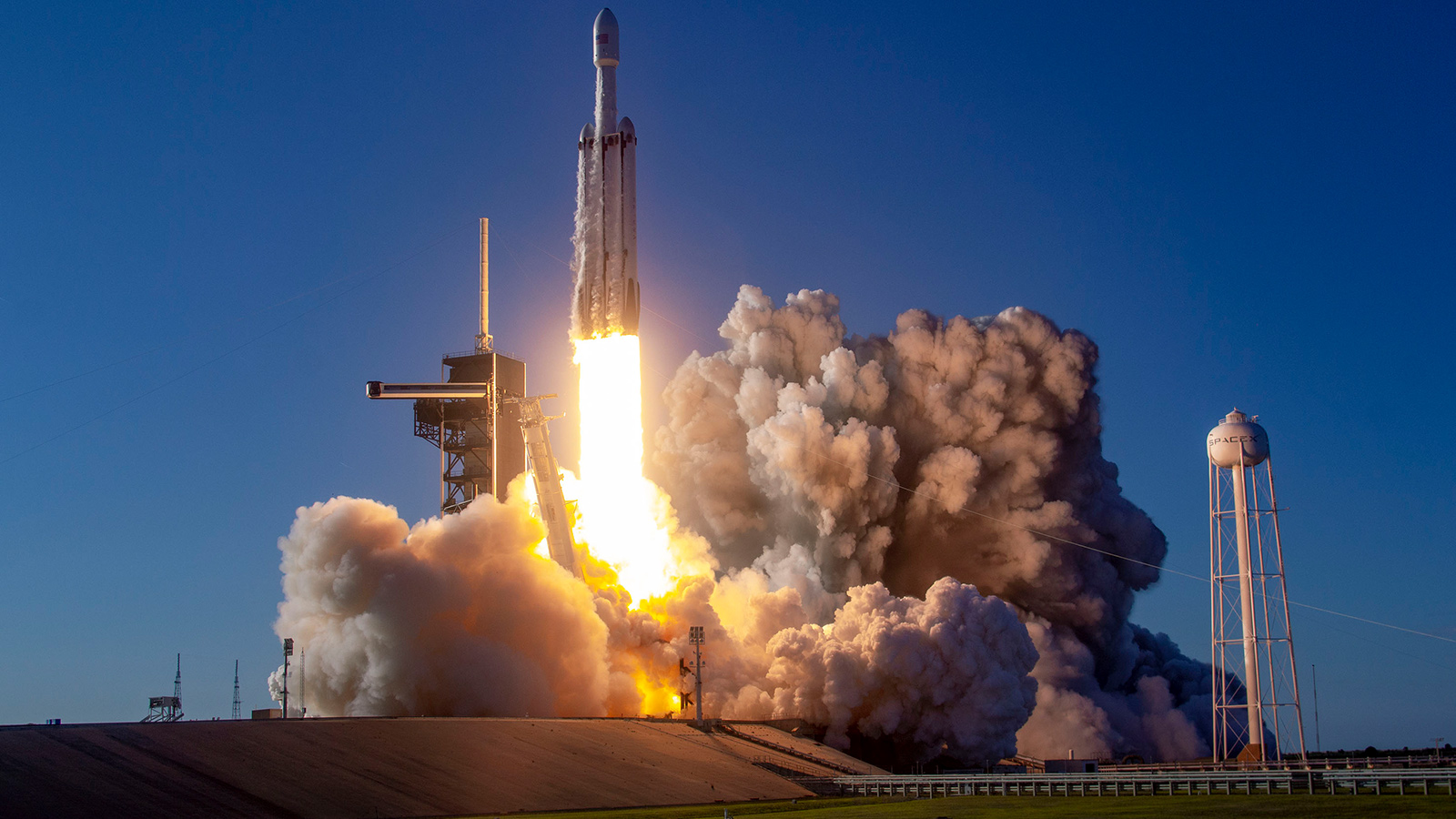Stay Up to Date
Submit your email address to receive the latest industry and Aerospace America news.
The Aircraft Operations Technical Committee promotes safe and efficient operations in the airspace system by encouraging best practices and information-sharing among the community and government agencies.
The role of aircraft automation systems and their certification were major issues in aviation operations this year after the high-profile crashes of Boeing 737 MAX aircraft in October 2018 and March 2019. In both cases, behavior of the Maneuvering Characteristics Augmentation System, or MCAS, was implicated, and the aircraft type was grounded worldwide in March. MCAS is designed to enhance pitch stability so that the MAX behaves more consistently with other B-737 variants. Redesign and recertification of the system were underway as of November. Despite the crashes, as of mid-October, the international aircraft fatality rate was 20% below the five-year average reported by the Aviation Safety Network.
The industry also continued planning for trajectory-based operations, which leverage time-based management, information exchange between air/ground systems and the aircraft’s ability to fly precise paths in time and space. The FAA has recognized that operations in challenging weather conditions will play a key role in achieving maximum benefits. In August, NASA started transitioning automation technology known as the Dynamic Routes for Arrivals in Weather, or DRAW, to the FAA to assist in this regard. DRAW integrates advanced models of pilots’ behavior around convective weather cells to predict the future aircraft trajectory and maintain trajectory-based operations that are currently discontinued in these conditions.
This year also saw significant progress in unmanned aerial systems operations. A number of operators or companies have received special authorization through the FAA’s public-private partnership UAS Integration Pilot Program to fly drones over people or beyond visual line of sight. In April, Alphabet’s Wing Aviation was the first drone operator awarded an air carrier certification. In March, UPS and Matternet made the first U.S. revenue-generating drone delivery of medical samples. NASA completed its technical demonstrations of increasingly complex UAS Traffic Management operations involving small UAS with Technical Capability Level 4 tests in Reno, Nevada, in May, and Corpus Christi, Texas, in August. These demonstrations tested operation of UAS in high-traffic urban applications and included beyond visual-line-of-sight and contingency-management operations.
Companies also continued development of urban air mobility, or UAM, vehicles and traffic management concepts. In August, Volocopter became the first company to fly an electric-vertical-takeoff-and-landing aircraft at an international airport (Helsinki) while integrated into the air traffic management system. NASA and Uber are continuing their collaboration, and in October a joint simulation activity used their respective automated traffic management technologies to land simulated vehicles at the same virtual vertiport. In October, NASA kicked off its UAM Grand Challenge project, a public-private partnership focused on a series of increasingly complex demonstrations of UAM vehicles and operations. On-demand helicopter services were introduced in select locations in the U.S. In July, Uber started Uber Copter services between New York City’s John F. Kennedy International Airport and downtown Manhattan, while Airbus’ Voom started services across the San Francisco Bay Area in September. They join Blade, which has operated in multiple cities across the U.S. since 2014.
In terms of commercial space, 2019 saw the first revenue-generating launches of the SpaceX Falcon Heavy. Meanwhile, Blue Origin, Virgin Galactic and other commercial space companies edged closer to regular operations. In August, Virgin Galactic declared its base at Spaceport America in New Mexico ready for commercial operations, which it plans to start in 2020. The FAA is developing decision support systems to help facilitate safe, efficient and equitable access to airspace as space and other new entrants evolve.
Contributors: Tamsyn Edwards, Gabriele Enea, Antony Evans and John Koelling
Stay Up to Date
Submit your email address to receive the latest industry and Aerospace America news.




